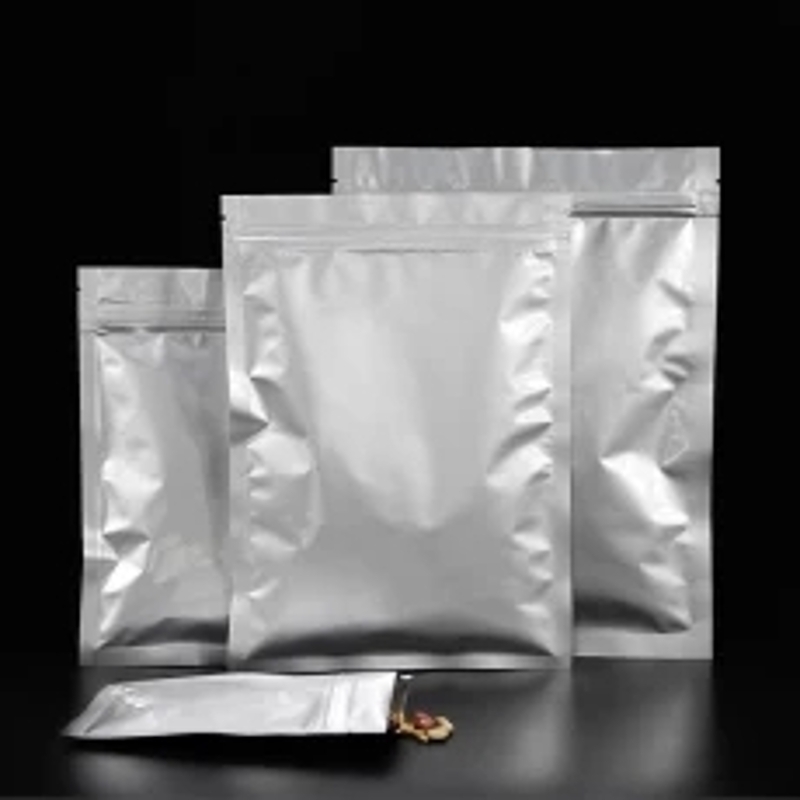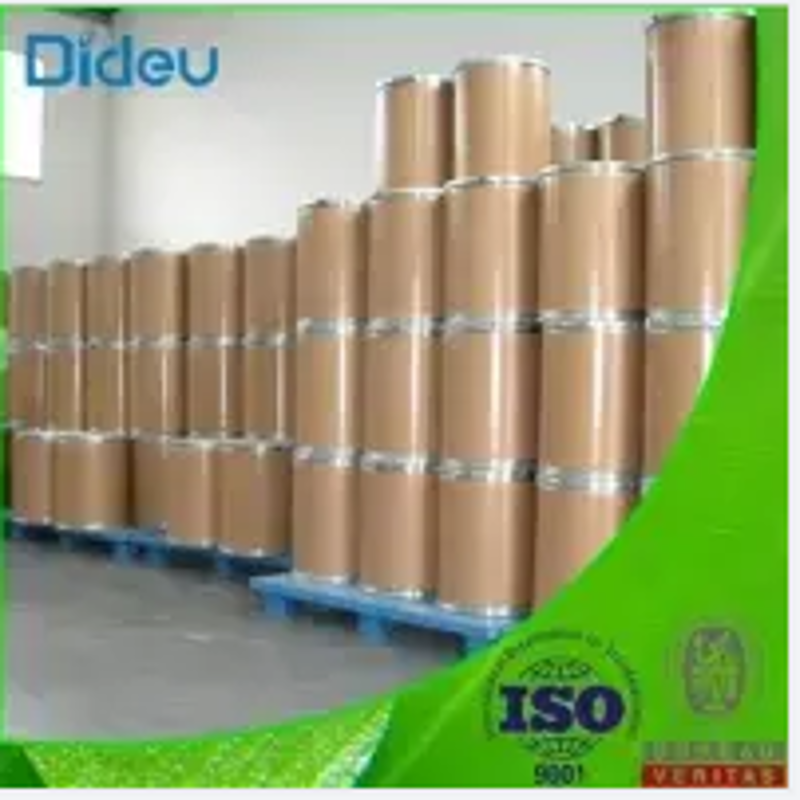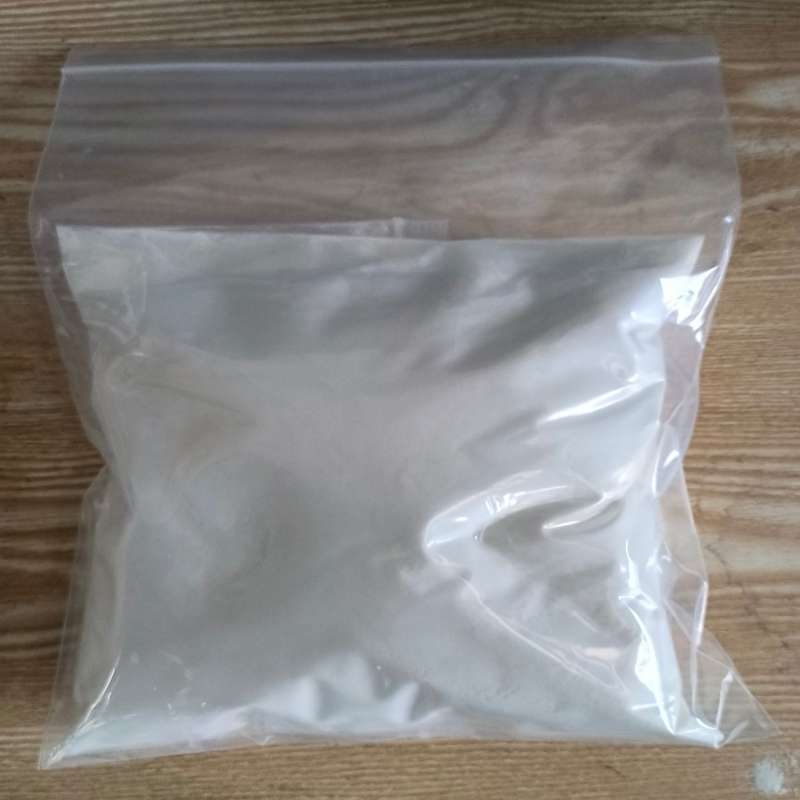-
Categories
-
Pharmaceutical Intermediates
-
Active Pharmaceutical Ingredients
-
Food Additives
- Industrial Coatings
- Agrochemicals
- Dyes and Pigments
- Surfactant
- Flavors and Fragrances
- Chemical Reagents
- Catalyst and Auxiliary
- Natural Products
- Inorganic Chemistry
-
Organic Chemistry
-
Biochemical Engineering
- Analytical Chemistry
-
Cosmetic Ingredient
- Water Treatment Chemical
-
Pharmaceutical Intermediates
Promotion
ECHEMI Mall
Wholesale
Weekly Price
Exhibition
News
-
Trade Service
Quaternary ammonium compounds, also known as quats, are a class of compounds that are widely used in the chemical industry.
They are synthetic cationic surfactants, meaning they are positively charged and have a polar head group.
The head group is usually a nitrogen-containing moiety, such as ammonium or phosphatide, which gives the quat its cationic properties.
These compounds are used in a variety of applications, including as emulsifiers, foamers, wetting agents, and disinfectants.
One specific type of quat that is commonly used in the chemical industry is bis(hydrogenated tallow alkyl)dimethylammonium chloride.
This compound is a quaternary ammonium compound with a hydrophobic tail and a cationic head group.
It is often used as a spreading agent in coatings, inks, and other industrial applications.
Another important aspect of quats is the use of bentonite as a co-additive.
Bentonite is a type of clay that is often used as a thickening agent, stabilizer, and suspending agent in various industrial applications.
When used in conjunction with quats, bentonite helps to improve the stability and performance of the quat.
Upstream and Downstream Products
The production of quats and their downstream products involves a number of steps, starting with the synthesis of the quat itself.
This process typically involves the reaction of a nitrogen-containing compound, such as ammonia, with a suitable alkyl halide.
The resulting quat is then purified and dried, after which it can be used in various industrial applications.
One of the key downstream products of quats is the production of coatings, inks, and other industrial applications.
Quats are used as spreading agents in these applications due to their cationic charge and hydrophobic tail.
This allows them to help the product spread evenly and uniformly on surfaces, improving the overall performance and efficiency of the product.
Another important downstream product of quats is the production of personal care products, such as shampoos, soaps, and lotions.
Quats are used in these products as emulsifiers and foam boosters, helping to improve the texture and overall performance of the product.
In addition to these downstream products, quats can also be used in the production of various other chemicals and industrial products.
For example, they can be used as catalysts in the production of polyurethanes, or as emulsifiers in the manufacture of various types of adhesives and sealants.
The use of bentonite as a co-additive in the production of quats is another important aspect of the chemical industry.
Bentonite is a type of clay that is often used as a thickening agent, stabilizer, and suspending agent in various industrial applications.
When used in conjunction with quats, bentonite helps to improve the stability and performance of the quat, making it a more effective spreading agent in coatings, inks, and other industrial applications.
One of the key advantages of using bentonite in the production of quats is its ability to improve the stability and uniformity of the product.
By helping to keep the quat dispersed in the solution, bentonite allows the quat to be more evenly distributed on surfaces, improving the overall performance and efficiency of the product.
Another key advantage of using bentonite in the production of quats is its ability to improve the handle-ability of the product.
By improving the flow and dispersion properties of the quat, bentonite makes it easier to handle and use in various industrial applications.
In the upstream process of quats production, one of the most important steps is the synthesis of the quat itself.
This process typically involves the reaction of a nitrogen-containing compound, such as ammonia, with a suitable alkyl halide.
The purity and quality of the starting materials used in this process can







